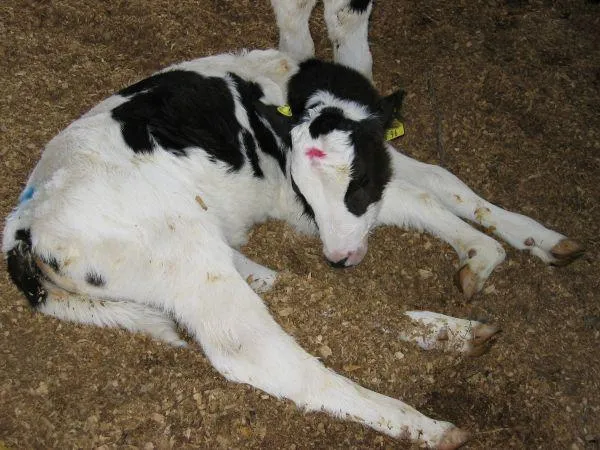
BVD: Bovine Virus Diarrhoea
(Updated to reflect current industry figures)
Most lifestyle farmers will have heard of BVD (Bovine Viral Diarrhoea), the complicated viral disease of cattle that causes significant financial losses in commercial dairy and beef herds across New Zealand. Recent industry estimates put the cost of BVD at $127 million each year to the dairy sector alone, with total losses to the cattle industry, both dairy and beef, approaching $150 to $190 million annually.
On lifestyle blocks, BVD may not always have an obvious impact, but it is likely to be present on many small farms. The disease can be hard to recognise, and its effects vary depending on when and how animals are infected.
Reproductive Losses in Cows
Recent infections in cows are usually picked up from other cattle. The main effects are on the reproductive system and can include:
Poor conception rates
Embryonic loss
Returns to service
Increased calving spread
Abortions
Stillbirths
Dummy calves and birth defects
In bulls, infection can cause temporary infertility.
Signs in Calves
When calves are infected after birth, the signs are quite different:
Scouring
Ulcers in the mouth
Weight loss
Eye and nasal discharge
Suppressed immune function, which can lead to pneumonia, lice, worms, or mastitis
Persistently Infected (PI) Animals
To complicate matters further, a calf may be infected in the womb if its dam contracts BVD during early pregnancy. These calves may appear normal for a year or more, but they are persistently infected (PI). They shed the virus throughout their lives, infecting other animals. Most PIs develop severe diarrhoea and die before reaching two years of age.
What Can You Do?
If you’re concerned that BVD might be affecting your animals, speak to your vet. They may recommend blood tests to identify PI animals or to determine whether your herd has been exposed to the virus.
Vaccination is available and widely used in commercial herds. In some cases, it is part of a broader test and cull strategy. Even on small farms, vaccinating breeding animals can offer effective protection, especially if cattle are being bought in or moved between properties.
Summary
Even small herds can suffer losses from BVD. Persistently infected animals are the main source of spread, and identifying and removing them is key to prevention. Vaccination, biosecurity, and good reproductive management can all help protect your herd.

